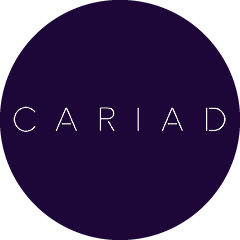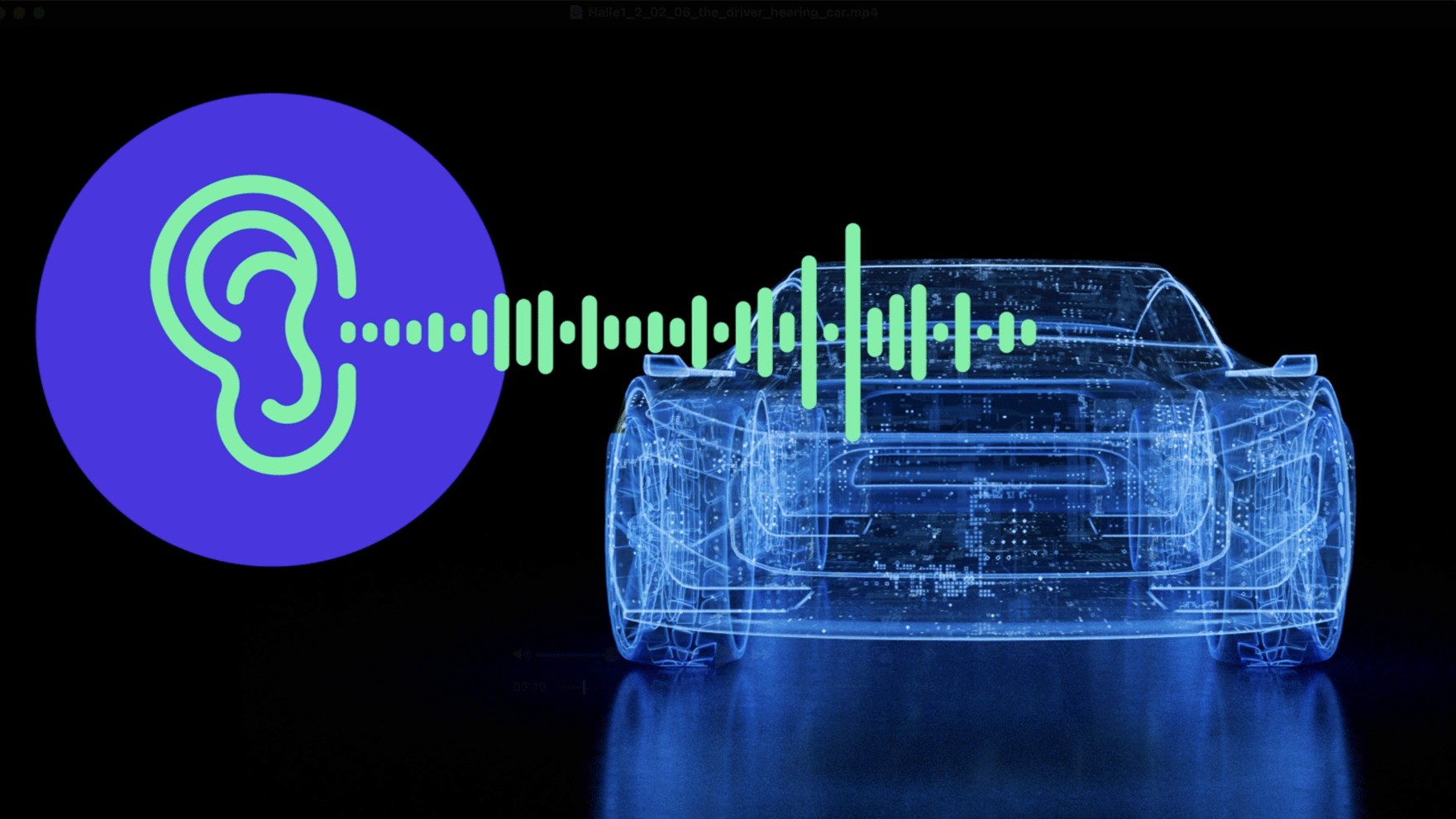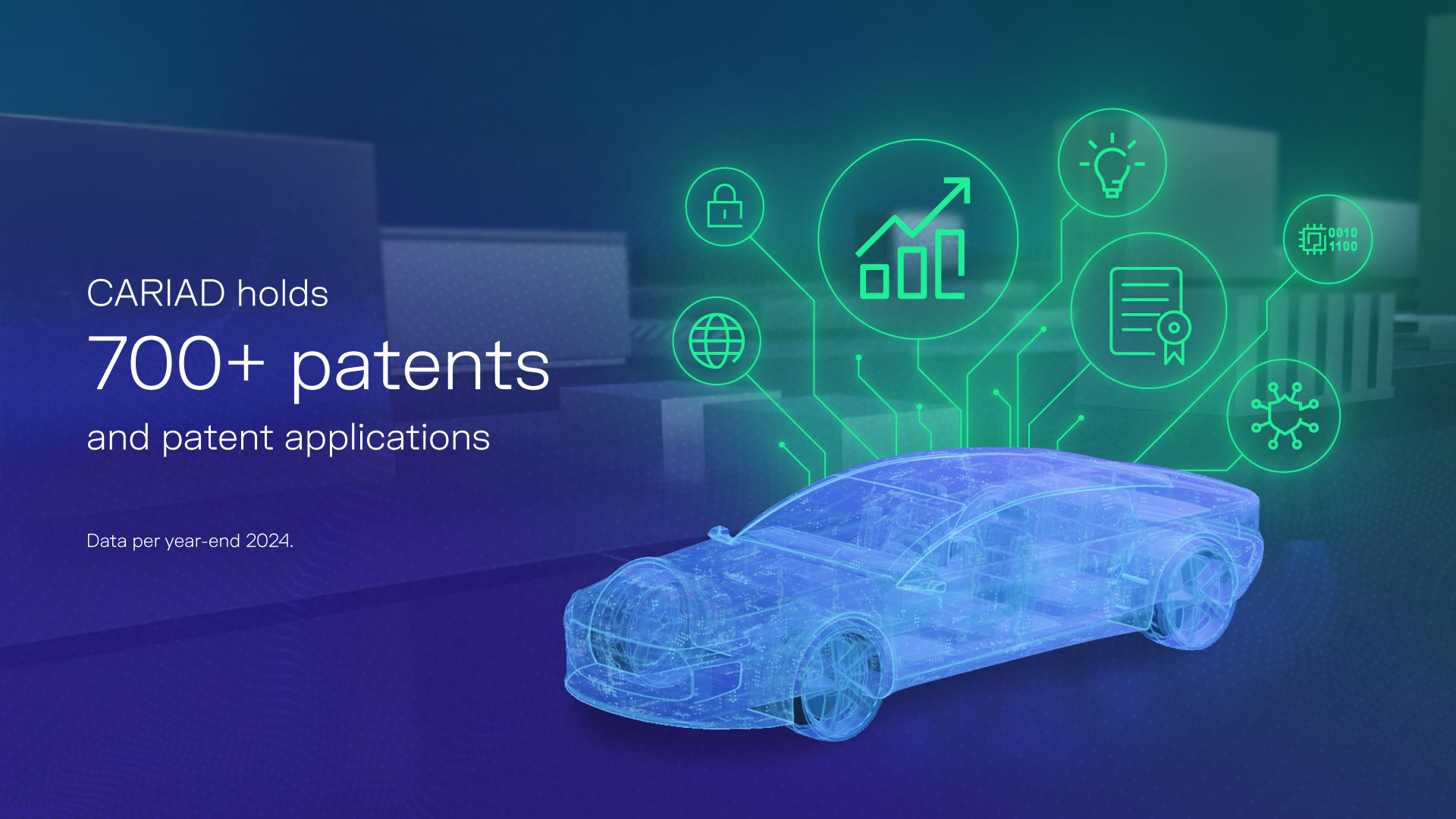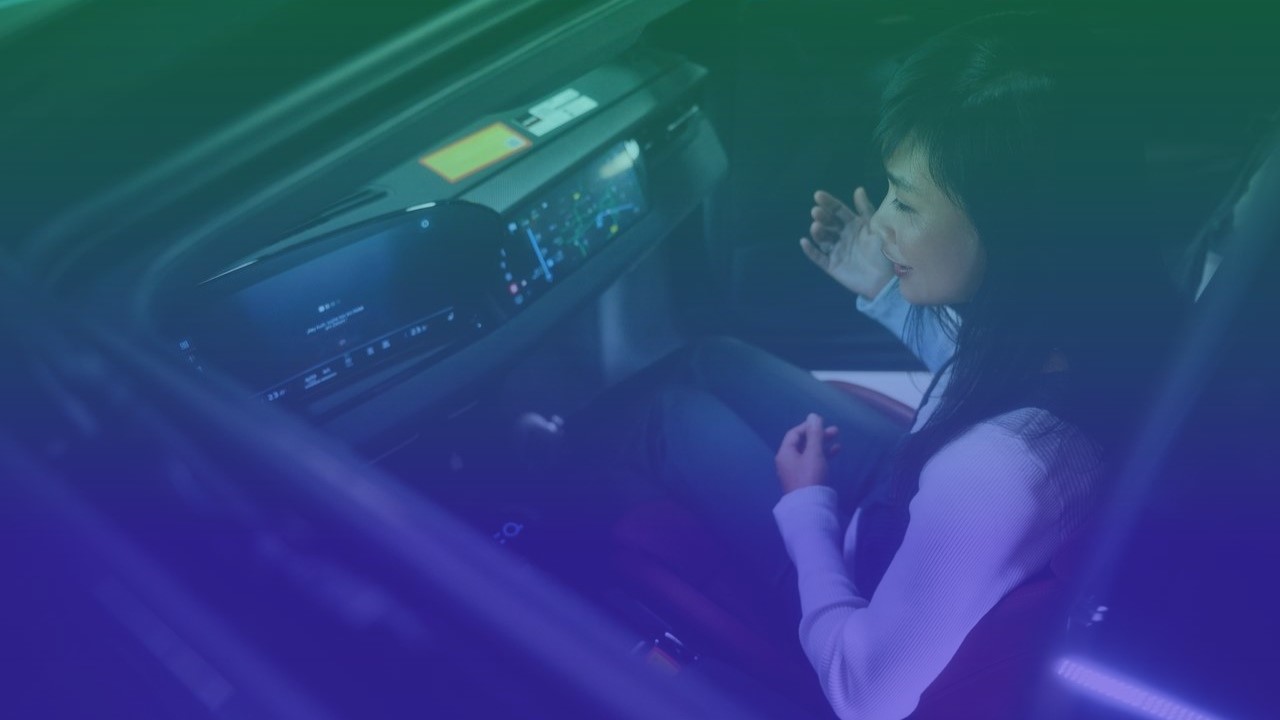MVP E3 2.0: More than a technology exercise
Lukas Kranz is a System Integration Engineer at CARIAD, with responsibility for the coordination of the MVP E³ 2.0. In this interview, he explains the purpose and benefits of the MVP – not only for software development, but also for our agile working methods and collaboration.
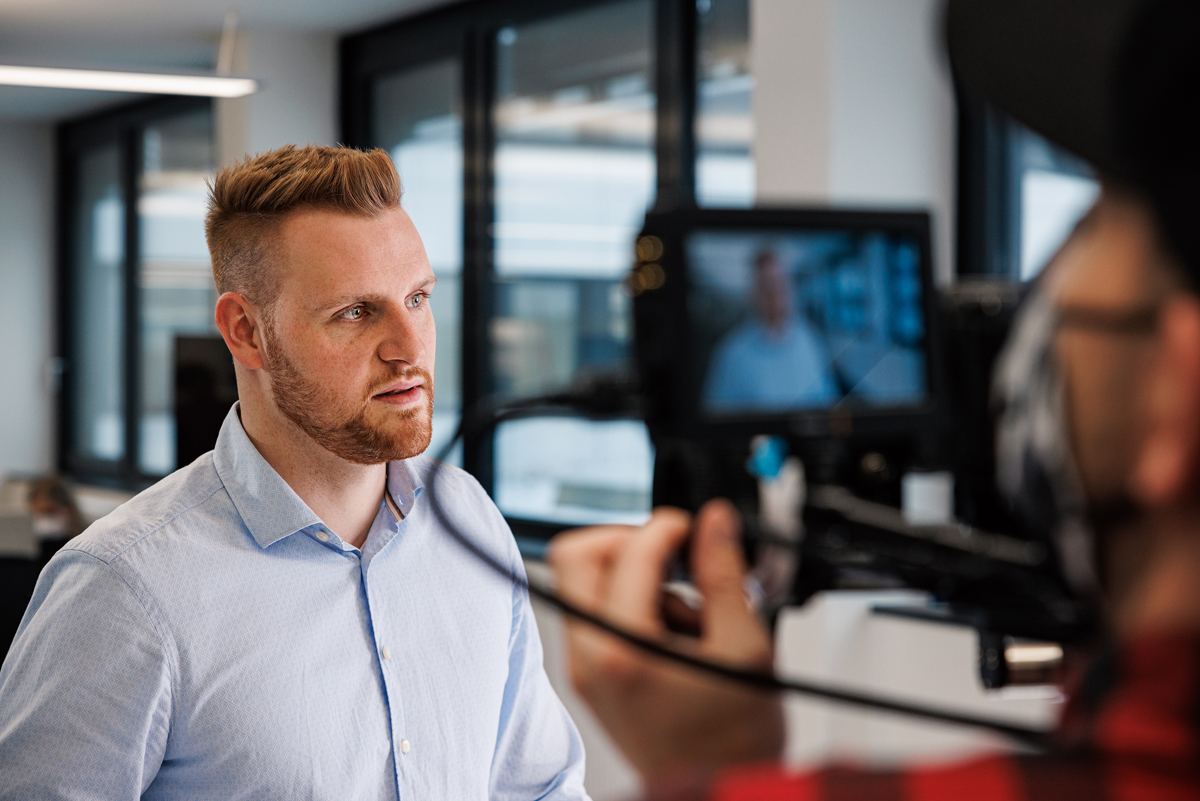 Lukas Kranz joined CARIAD in February as a System Integration Engineer, having previously gained experience in Complete Vehicle Integration at Porsche.
Lukas Kranz joined CARIAD in February as a System Integration Engineer, having previously gained experience in Complete Vehicle Integration at Porsche.
Lukas, you've been with CARIAD for ten months and, as a System Integration Engineer, are responsible for the management of the MVP. Can you explain to us what the MVP is?
MVP stands for Minimum Viable Product. From a CARIAD perspective, it’s the first functional prototype of the E³ 2.0 network based on VW.OS and VW.AC and in the form of a product increment. It’s built on evaluation boards, together with a selected range of sensors and actuators, and focuses on seven use cases. It’s important to note that the MVP is not simply a showcase, but is used for internal development. With its help, we can stabilize the E³ 2.0 platform for function development, refine collaboration models and identify process-related challenges. The learnings we gain here, and as we continue to develop the MVP incrementally, can help us to achieve future milestones faster and to a higher quality.
What exactly can we achieve with the MVP at this stage?
We implemented seven use cases in this overall network, which are mapped across the various layers of the target architecture – from the hardware layer to the operating system, VW.OS, to the application level, and to various backends.
We’ve achieved and are able to demonstrate communication across the entire topology of the network. Additionally, in the area of Drive & Energy, we’re able to show the integration of various software components from the E³ 1.2 environment into the new E³ 2.0 setting in three use cases.
Climate Control, with end-to-end functionality from smartphone app to actuator, represents an even more complex use case. Here, we’re able to adjust the in-car temperature via the WeConnect ID app, which is connected to VW.AC. The information about the defined temperature is transferred from the cloud in the MVP network, along the functional event chain, and to the appropriate sensors and actuators.
Another two cross-functional use cases are Data Collection and over-the-air (OTA) updates. In the Data Collection use case, defined data is retrieved from the network and recorded in a backend. This is essentially an early version of the Group Data Collector solution – the future, uniform basis to extract and analyze data from the entire Volkswagen Group fleet for the continuous development of various applications.
The OTA use case allows us to create an initial end-to-end chain from the DLCM Control Center, via an OTA backend, to the hardware. In the first product increment, we can perform a full update of the VW.OS stack, as well as of the overlying application layer. Since the update applications are also capable of updating themselves, this setup can be used for continuous further development. Each new feature can be validated against the MVP test cases.

That's certainly very impressive. How did you work as a team to implement the MVP?
Developing the MVP was undoubtedly a great, self-defined milestone. Especially since we were able to successfully implement this complexity – like in the OTA, data collection and climate control use cases – at a very early stage.
With this project, the teams came together for the first time to work on one product in the E³ 2.0 environment and were able to demonstrate their own developments in the whole network. The development of the MVP is a novelty from an agility perspective. We used various agile methods, such as our cadence-based product increment planning, to align the individual teams towards a shared vision and mission. Regular communication via several fixed appointments in the agile framework was also very important for us to overcome a lot of procedural and content-related hurdles.
Our development of the MVP precisely reflects the core features of agile work. Our major goal is to quickly and continuously increase the maturity of this CARIAD core so that we can enable functional development and validation within CARIAD, together with the brands, at a very early stage in the development process.
The results of the MVP are even more impressive given the current circumstances. Despite limitations due to coronavirus and the dynamic growth of CARIAD, we effectively handled capacities, roles and responsibilities, and developed a model for international collaboration. We’ve had teams based not only in multiple locations across Germany, but also in the US and India. On top of that, a large number of our developers have been working remotely. With that international and distributed development, it’s certainly been a complicated effort to coordinate the various teams – but it’s a challenge that we’ve overcome together.
Could you tell us a little more about the learnings you’ve gained from working with the teams?
One key learning is the importance of continuously integrating small increments into the whole network. It’s important to note that we have to avoid ‘big bang’ integration to handle the complexity of the whole system. This means setting small goals and then building on the working solution. It also means that development is done once functions and software artefacts are successfully integrated in the system – not once it runs on the development setup.
Secondly, we’ve come to better understand through our collaborative work on the MVP that cross-functional dependencies are very hard to identify, and that it’s crucial to implement them in the agile method and descriptive release planning in terms of time and content.
Finally, this project has highlighted the incredible talent and commitment of our colleagues, who have put a lot of passion into the development of E³ 2.0. Huge respect to the whole development team that made this success possible!
With your experience now, what are the benefits of the MVP for software development at CARIAD?
From a development perspective, the MVP helps us to focus on the essential product components, which, in our case, is an executable software platform. We now have a cut-through in the E³ 2.0 architecture across all steps, from app to actuator. This allows us not only to quickly learn about the entire product, but also to identify challenges in the development as early as possible.
From a business perspective, the MVP is proof that we should and must now continue to work incrementally. In our internal development, this focus on collaboration and a cut-through will take us a lot further. The MVP is also significant from the point of view of the Volkswagen Group, the future of which is the E³ 2.0 architecture. In the long term, it’s on this architecture that the brands will work with CARIAD. Our work here represents the foundation stone that will later benefit several million vehicles per year and, in this way, we’re actively shaping the future of the Group.
Moving forward, we’ll integrate further hardware and use cases into the MVP network. At the same time, and with a view to the next milestones, we’re continuously striving to implement the learnings that I mentioned earlier – in both technical and organizational terms.
Interested in working on innovative and pioneering projects? Join us.

